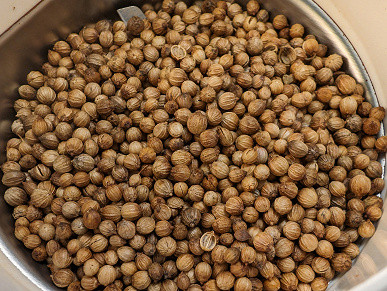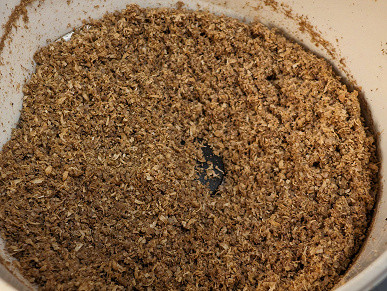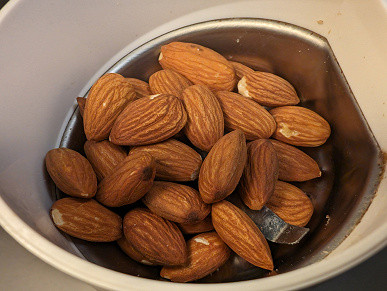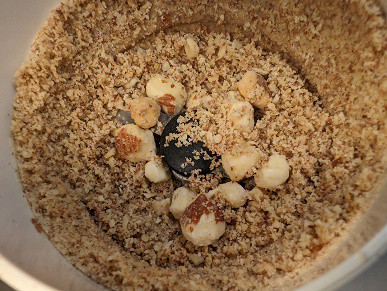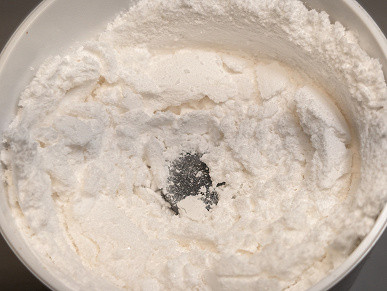The aroma of freshly ground coffee is a natural magic that perfumers sometimes try to recreate. But who needs perfume when you can enjoy this amazing aroma right in your kitchen? It might be a little noisy, but it's a very effective way to create atmosphere!
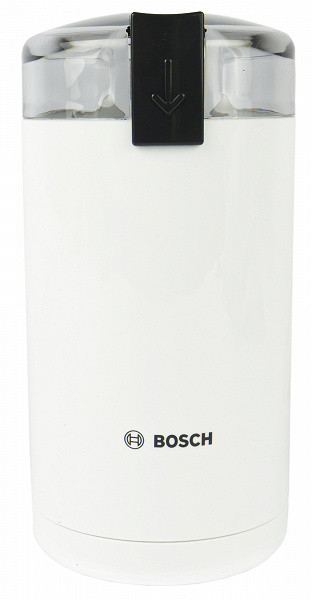
To create this indescribable aroma, a simple and classic Bosch TSM6A011W rotary coffee grinder is perfect. This trusted brand provides clean, functional designs without any frills. Let's check how well it grinds coffee, and then enjoy a cup of freshly brewed drink.
Characteristics
| Manufacturer | Bosch * |
|---|---|
| Model | TSM6A011W * |
| Type | blade (rotary) coffee grinder |
| Country of Origin | Slovenia |
| Guarantee | 1 year |
| Power | 180 W |
| Case color | white/black/red/beige |
| Housing material | plastic |
| Grinding bowl material | stainless steel |
| Working volume of the bowl | 75 g coffee |
| Grinding system | rotary knife |
| Performance | 150 g/min |
| Peculiarities | switching lock when the cover is removed |
| Weight | 0.7 kg |
| Dimensions (H×W×D) | 170×90×90 mm |
| Network cable length | 1m |
* The official Bosch Home website is not available in the Russian Federation at the time of writing this review
Equipment
The small cardboard packaging of the coffee grinder offers a full-color image. On the front side, the manufacturer depicted the device against the background of a cup overflowing with aromatic coffee, as well as coffee beans effectively scattered on the table.
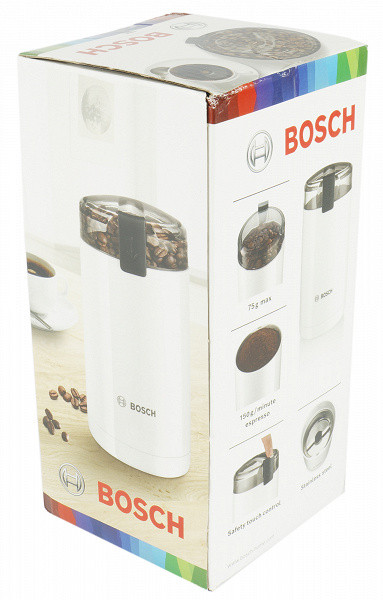
On one of the sides the features of this model are indicated and visualized: bowl capacity — 75 grams, productivity — 150 grams per minute (ideal for espresso grinding), safe inclusion and the bowl is made of stainless steel.
Opening the box revealed a fully assembled coffee grinder and a detailed instruction manual.
At first sight
We are dealing with an exceptionally classic rotary coffee grinder: its construction has stood the test of time, and the design is pleasantly familiar and comfortable for the user. The cylinder-shaped body is made of glossy white plastic (this model is also available in black, red and beige).
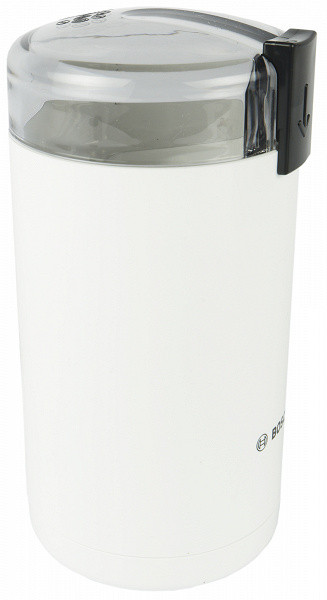
The only decoration of the smooth case is the recognizable manufacturer’s logo on the front side.
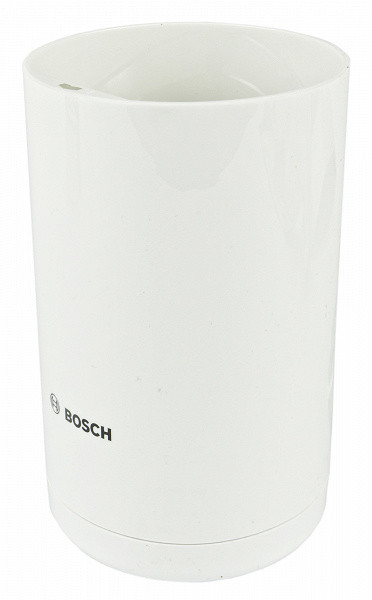
The lid, made of transparent gray plastic, is equipped with a protective “visor” that reduces the risk of ground coffee scattering. The manufacturer placed a relief image of coffee beans and crossed out cubes on the top of the lid, emphasizing that the device is not intended for grinding large and hard products.
The black key, integrated into the lid, harmoniously combines with the recessed start button in the body, which prevents the coffee grinder from accidentally turning on when open.
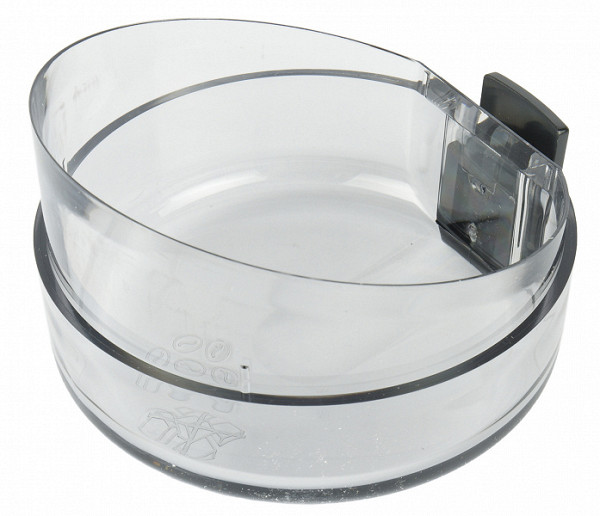
The lid, made of transparent gray plastic, is equipped with a protective “visor” that reduces the risk of ground coffee scattering. The manufacturer placed a relief image of coffee beans and crossed out cubes on the top of the lid, emphasizing that the device is not intended for grinding large and hard products.
The black key, integrated into the lid, harmoniously combines with the recessed start button in the body, which prevents the coffee grinder from accidentally turning on when open.
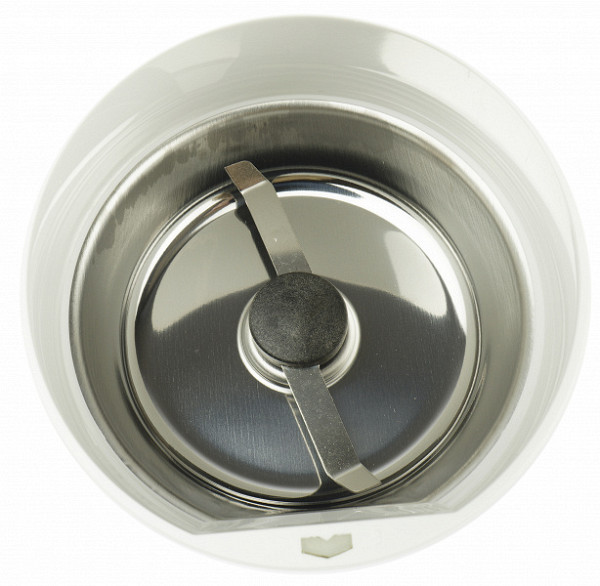
The non-removable two-blade rotor is also made of stainless steel. The ends of the knives are bent upward at an angle of approximately 80° relative to the bottom.
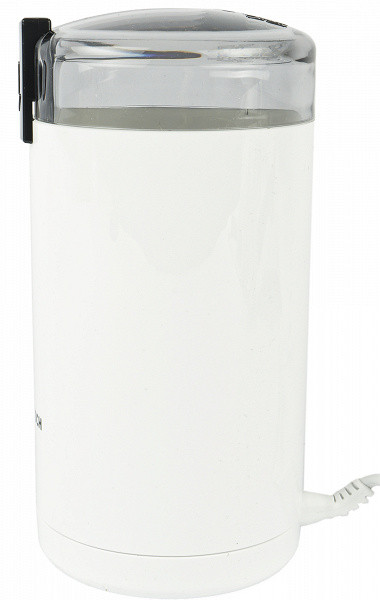
The coffee grinder rests on four convex legs of small (less than a millimeter) height. There are no anti-slip pads provided.
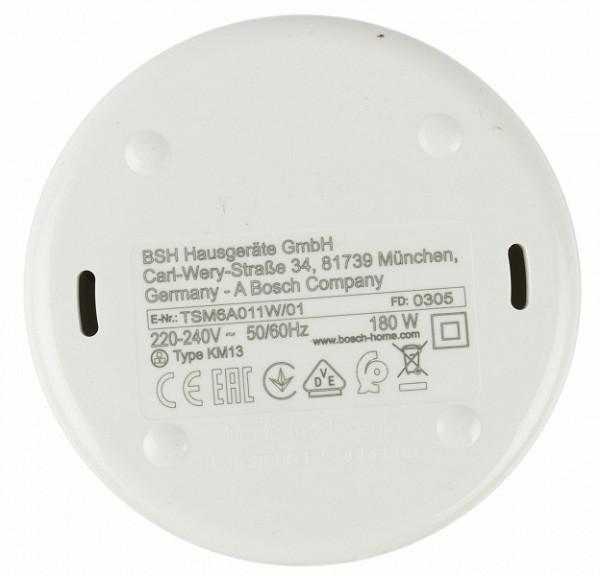
Brief technical specifications, serial number and certification information are printed on the bottom of the device. On the right and left you can see small ventilation holes.
Instructions
The user manual is a 46-page A5 brochure printed on very thin grayish paper.
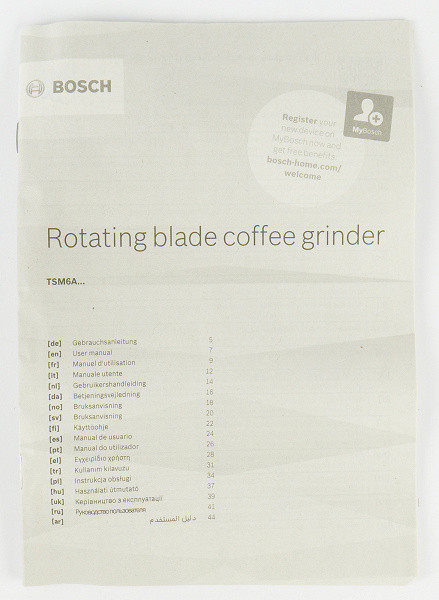
The instructions are available in 18 languages, including Russian. The first two pages are illustrations that clearly demonstrate the device, its operating principle and care recommendations. To get acquainted with the device, it is enough to study these illustrations.
The text part of the manual, which takes up a couple of pages for each language, is mainly devoted to information about safety precautions when using the device.
Control
Like most similar devices, the controls of the Bosch TSM6A011W are intuitive: a spring-loaded button on the lid is responsible for turning on the coffee grinder.
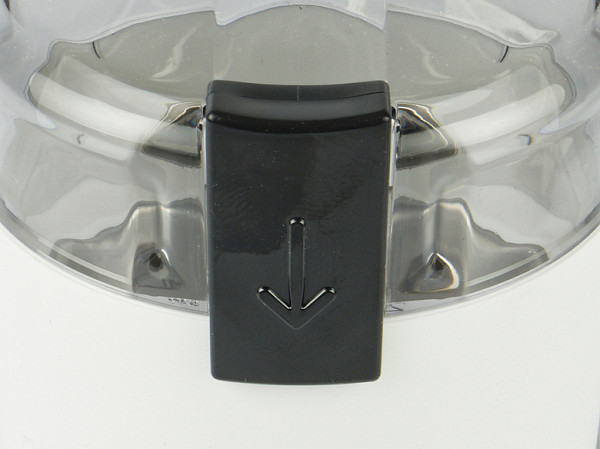
The device can only be turned on with the lid closed and correctly installed.
Exploitation
The manufacturer does not provide any special procedures before using the coffee grinder in the instructions. Simply remove the device from its packaging and wipe the bowl with a dry cloth. The degree of coffee grinding depends on the volume of beans loaded and the grinding time. Larger portions require the grinder to run longer. The manual provides approximate times for two grind levels. Here are the recommended values for espresso: [give values indicated].
| Quantity | Grinding time (maximum) |
|---|---|
| 16 g | 20 seconds |
| 32 g | 25 seconds |
| 64 g | 30 seconds |
The manufacturer also provides recommended dosages for “just coffee”, without indicating the preparation method:
| Quantity | Grinding time (maximum) |
|---|---|
| 10 g | 20 seconds |
| 40 g | 25 seconds |
| 75 g | 30 seconds |
According to the instructions, the maximum duration of the grinding process should not exceed 30 seconds, and after three cycles of use, the coffee grinder should be left idle for at least an hour to cool down. Failure to comply with this requirement may cause overheating and failure of the device.
The maximum loading volume of coffee beans should not exceed 75 grams.
Care
If the outer casing becomes dirty, you can clean it with a damp cloth and then wipe it with a dry one. The inner surface of the bowl should be cleaned exclusively with a dry cloth, since moisture is contraindicated for it.
The lid can be washed using soft sponges or brushes under running water, and it is also possible to use a delicate detergent.
During the cleaning process, it is important to avoid the use of hard objects and abrasives. None of the parts of the device can be washed in a dishwasher.
Our measurements
The maximum energy consumption recorded during practical tests was 147 W.
The noise level during operation depends on the characteristics of the product being crushed and the loading level. According to our measurements, it does not exceed 74 decibels.
Practice tests
During practical testing, we ground coffee with different bowl loads, and also tried using the device to grind nuts, sugar and spices.
Coffee, maximum load
According to the documentation, the maximum load of coffee beans is 75 grams. From this quantity we began our acquaintance with the device.
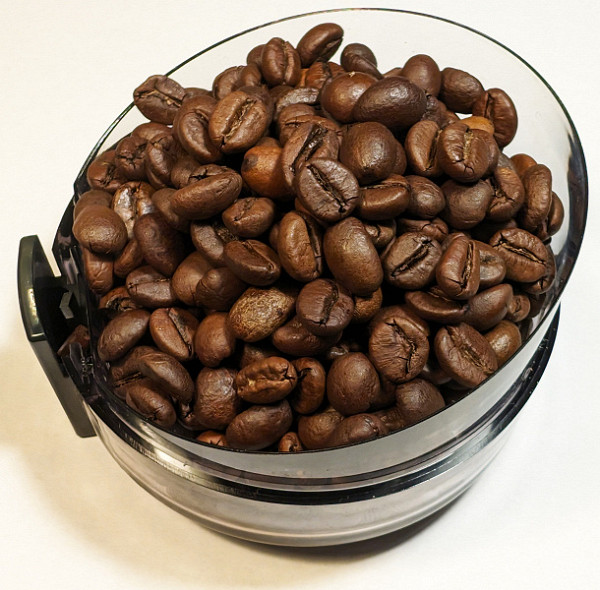
Maximum load: 75 grams of beans
The specified amount fit into the lid with great difficulty: the last grains had to be placed on the resulting mound very carefully.
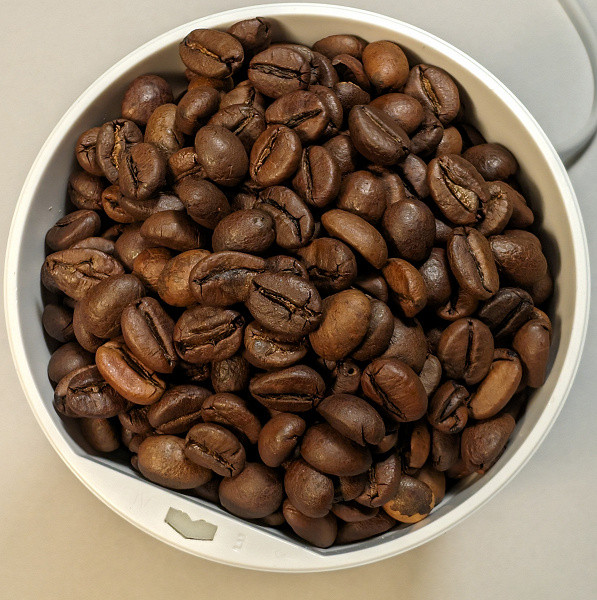
With a noticeable slide, the same amount is placed in the coffee grinder bowl.
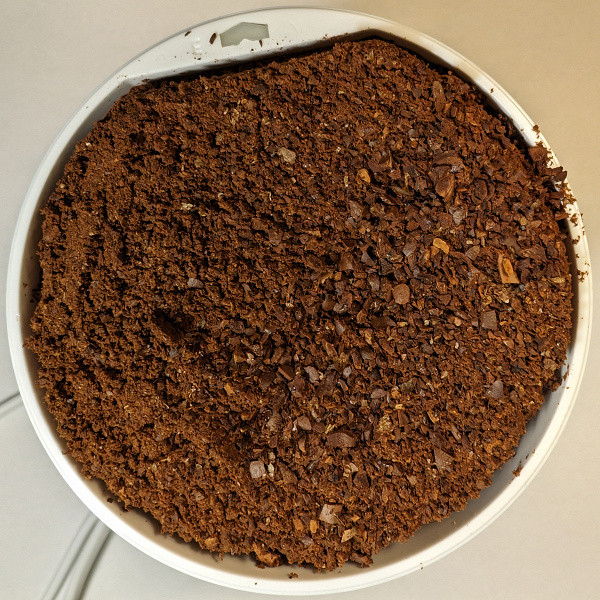
75 grams of coffee, 10 seconds of work
After letting the device run for ten seconds, we opened the lid and examined the contents.
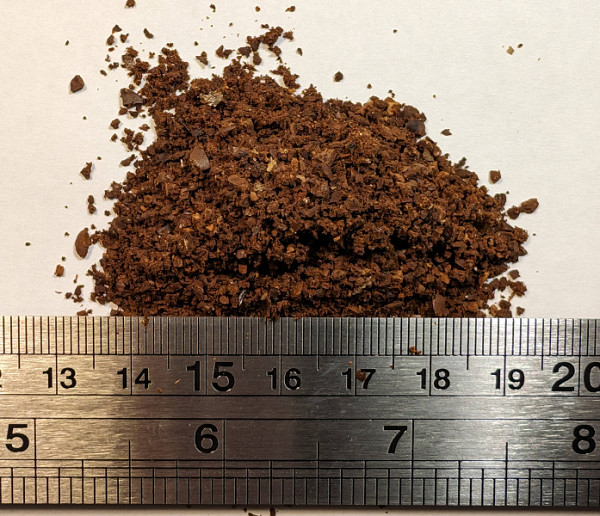
75 grams of coffee, 10 seconds of work
Such a short time, of course, is not enough for high-quality grinding: numerous large fragments are visible.
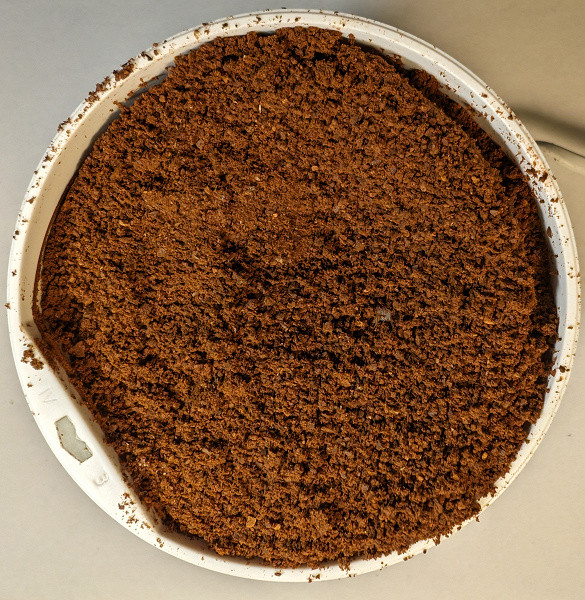
75 grams of coffee, 20 seconds of work
After twenty seconds of operation, the amount of debris was significantly reduced.
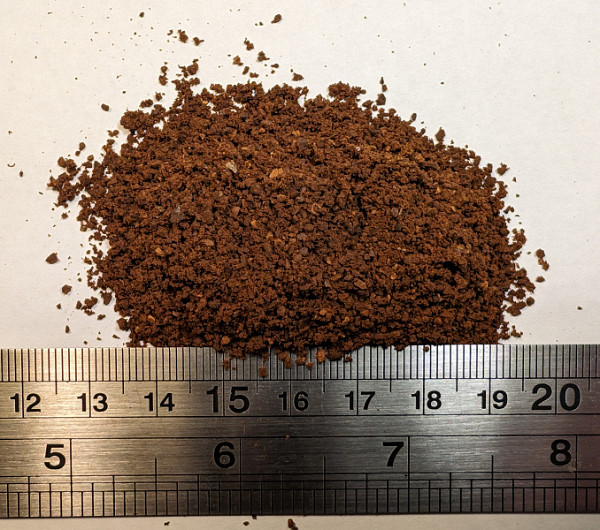
75 grams of coffee, 20 seconds of work
Upon closer inspection, however, the unevenness of the grind is still noticeable.
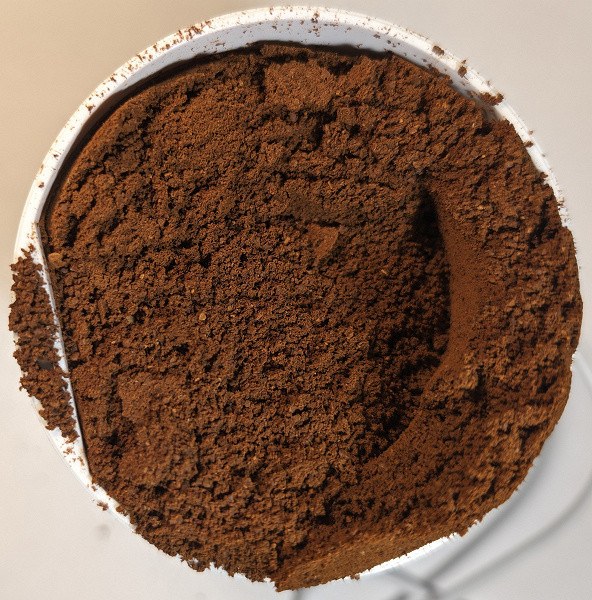
75 grams of coffee, 30 seconds of work
After the 30 seconds of operation recommended for this amount, we see quite uniform grinding.
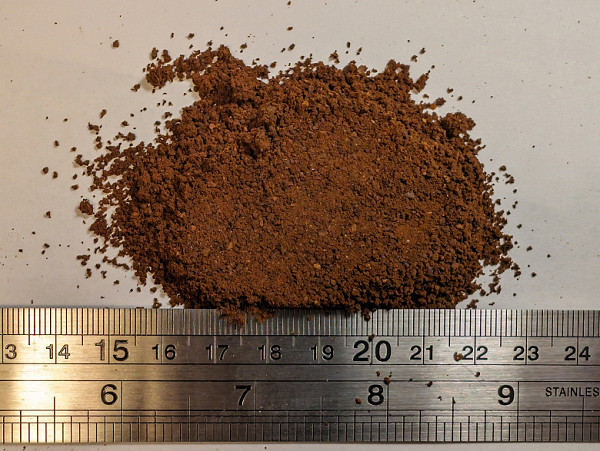
75 grams of coffee, 30 seconds of work
This type of coffee is not yet suitable for preparation in a Turkish coffee pot or geyser, but it is quite suitable for drip coffee makers or French presses.
Result: excellent.
Coffee, 25 g
In this test we will try to take three times less grains than in the previous one and grind it for the same 30 seconds.
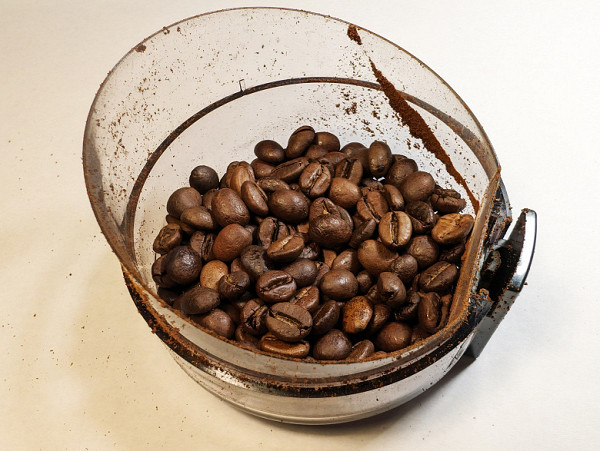
25 grams of grains
Like last time, we measure the required amount of grains into the lid and then pour them into the working chamber.
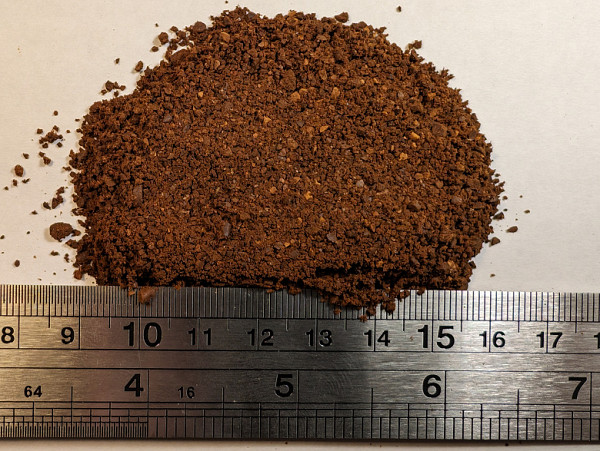
25 grams of coffee, 10 seconds of work
After the first ten seconds, there are still a lot of large fragments of broken beans in the finished coffee.
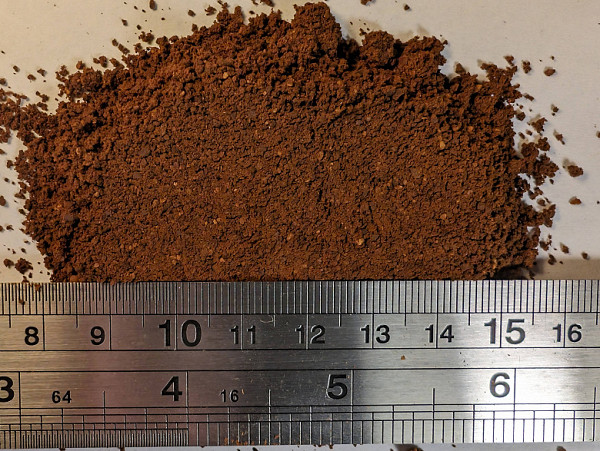
25 grams of coffee, 20 seconds of work
20 seconds of work is quite enough for a drink that will be prepared in drip coffee makers or geysers, but for Turkish coffee it’s worth continuing.
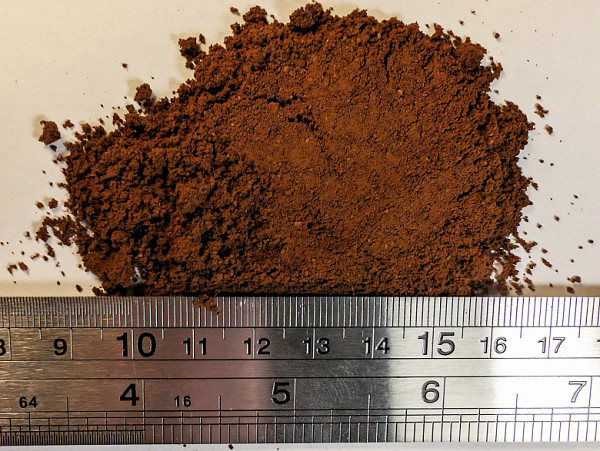
25 grams of coffee, 30 seconds of work
Half a minute is enough for coffee that you plan to brew in a Turkish coffee pot. The grains are crushed almost into dust, the grinding quality is quite uniform.
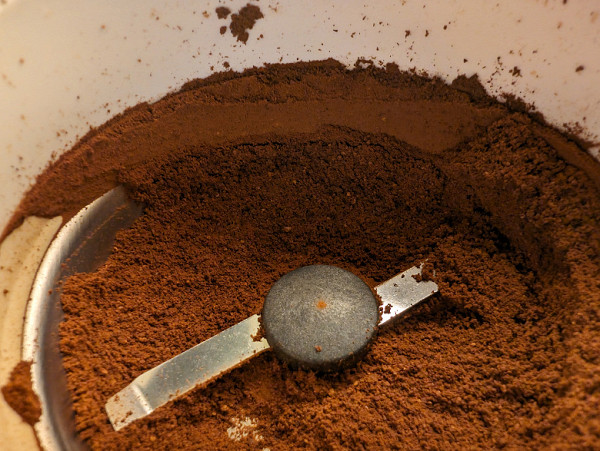
Despite the pronounced slope of the walls and bottom, towards the end of the work the powder began to be compressed at the edges. To achieve better grinding, shake the device slightly during operation.
Result: excellent.
Coriander seeds
As we have already noted, the manufacturer does not mention the possibility of grinding anything other than coffee beans in a coffee grinder. However, we took the risk of experimenting with other products.
50 grams of coriander grains were qualitatively crushed in just 10 seconds of operation of the device, filling the kitchen with a pleasant aroma.
Result: excellent.
Walnuts and almonds
This time we made the task more difficult by loading the bowl with a small amount of walnuts.
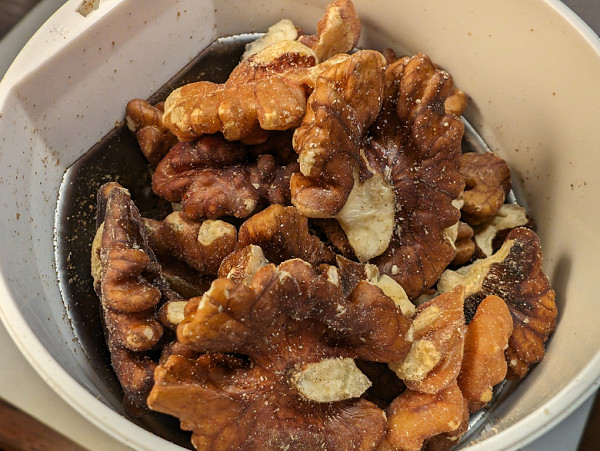
Unfortunately, the result was not the most satisfactory: although most of the nuts turned into a paste and were evenly distributed along the walls of the chamber, after 30 seconds of work, noticeable large fragments of kernels remained in the central part of the container.
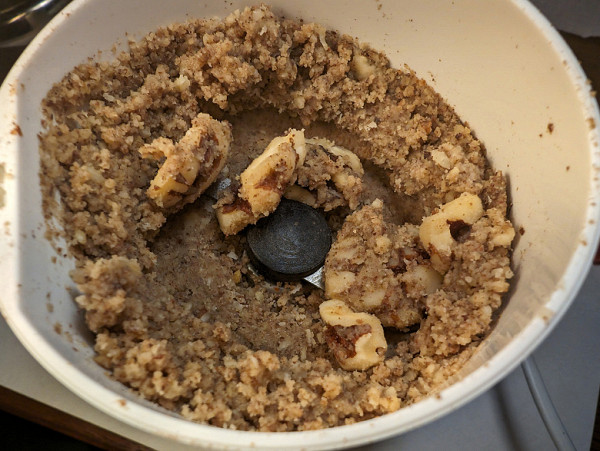
For the next batch of nuts, we used the pulse mode rather than the continuous mode, but we were not able to achieve a significant improvement in the result. We combined the resulting nut paste with ground coriander and used it as a dressing for kharcho soup.
The same failure awaited us with almonds: in half a minute we got perfectly crushed nut flour around the perimeter and a dozen well-rolled, but too large fragments in the center.
Result: average.
Powdered sugar
To complete our introduction to the coffee grinder, we gave it a simpler task by pouring granulated sugar into the bowl.
We were completely satisfied with the result: in just ten seconds of work we received a sufficient amount of ideal powdered sugar, suitable for baking or decorating desserts.
Result: excellent.
conclusions
The Bosch TSM6A011W rotary coffee grinder is a simple, reliable and affordable device from a well-known European manufacturer that has won the trust of consumers. This coffee grinder is ideal for owners of drip coffee makers, connoisseurs of coffee from geysers, cezves and French presses. In a short time it provides uniform grinding, typical for devices of this type. It is important to ensure optimal bowl loading, avoiding excess.
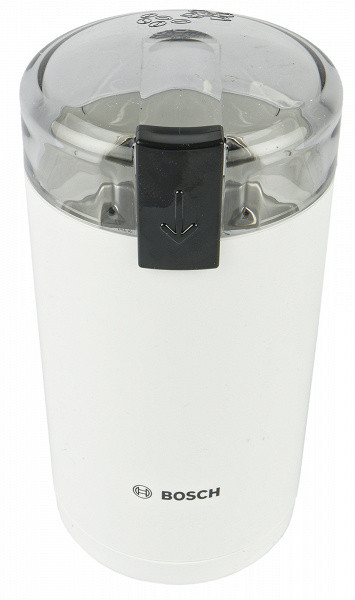
A coffee grinder is also suitable for culinary purposes: it can be used to easily grind spices or granulated sugar, but you should not grind large and oily nuts in it.
Pros:
- fairly uniform grind
- nice design, four colors available
- Suitable for grinding sugar and spices
- classic controls and easy maintenance
Minuses:
- not too large maximum capacity
- not suitable for chopping oily nuts

